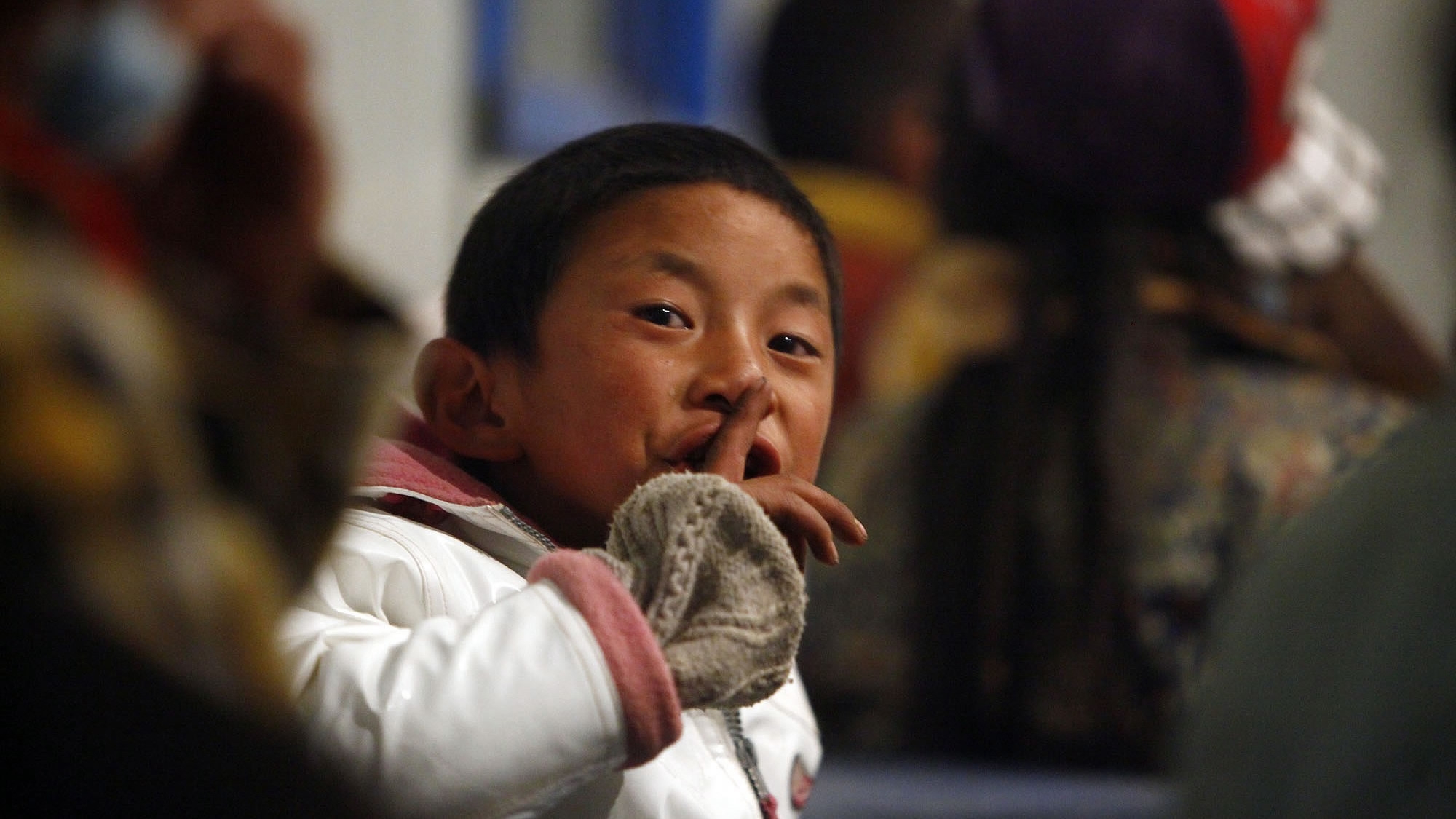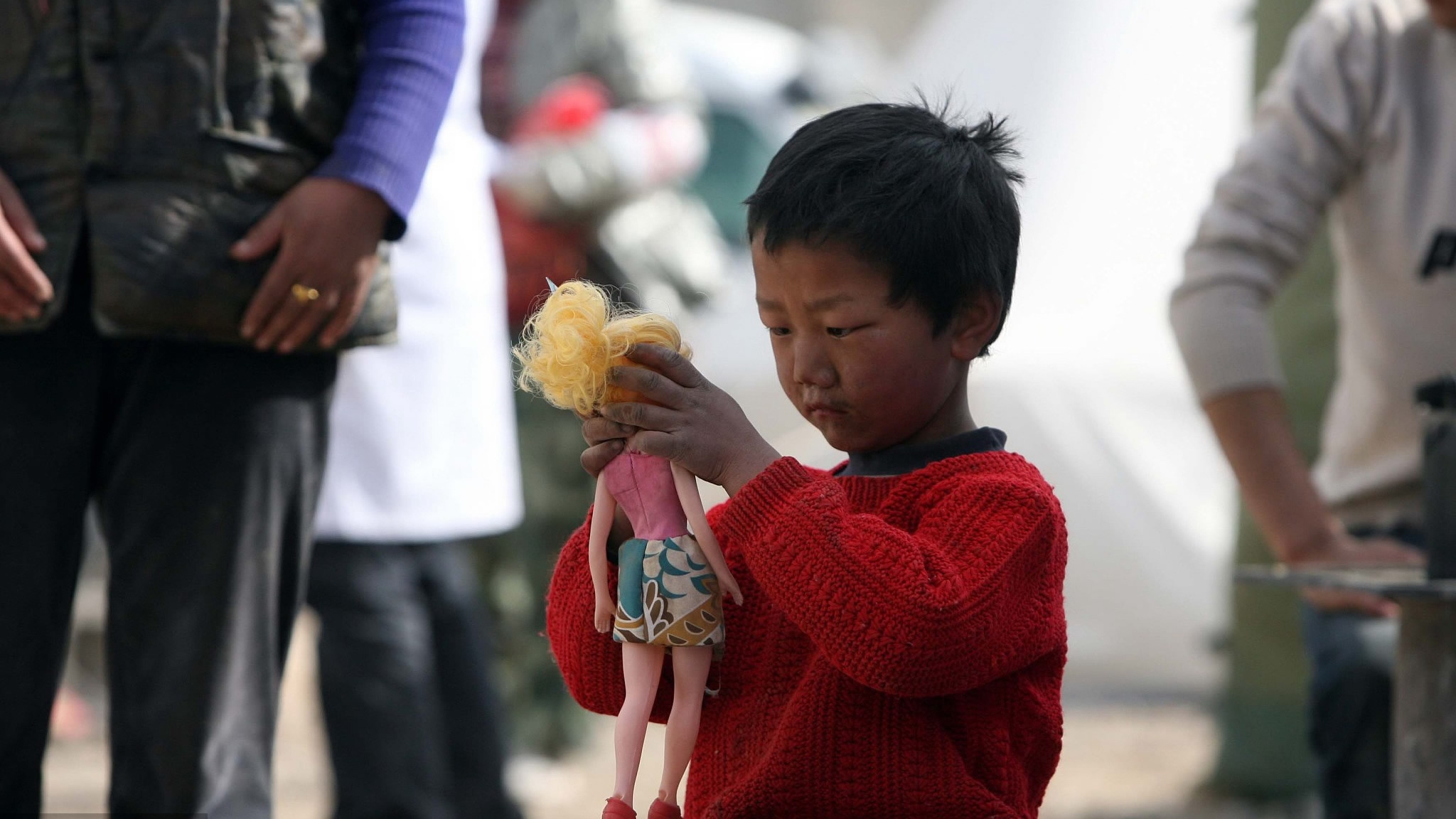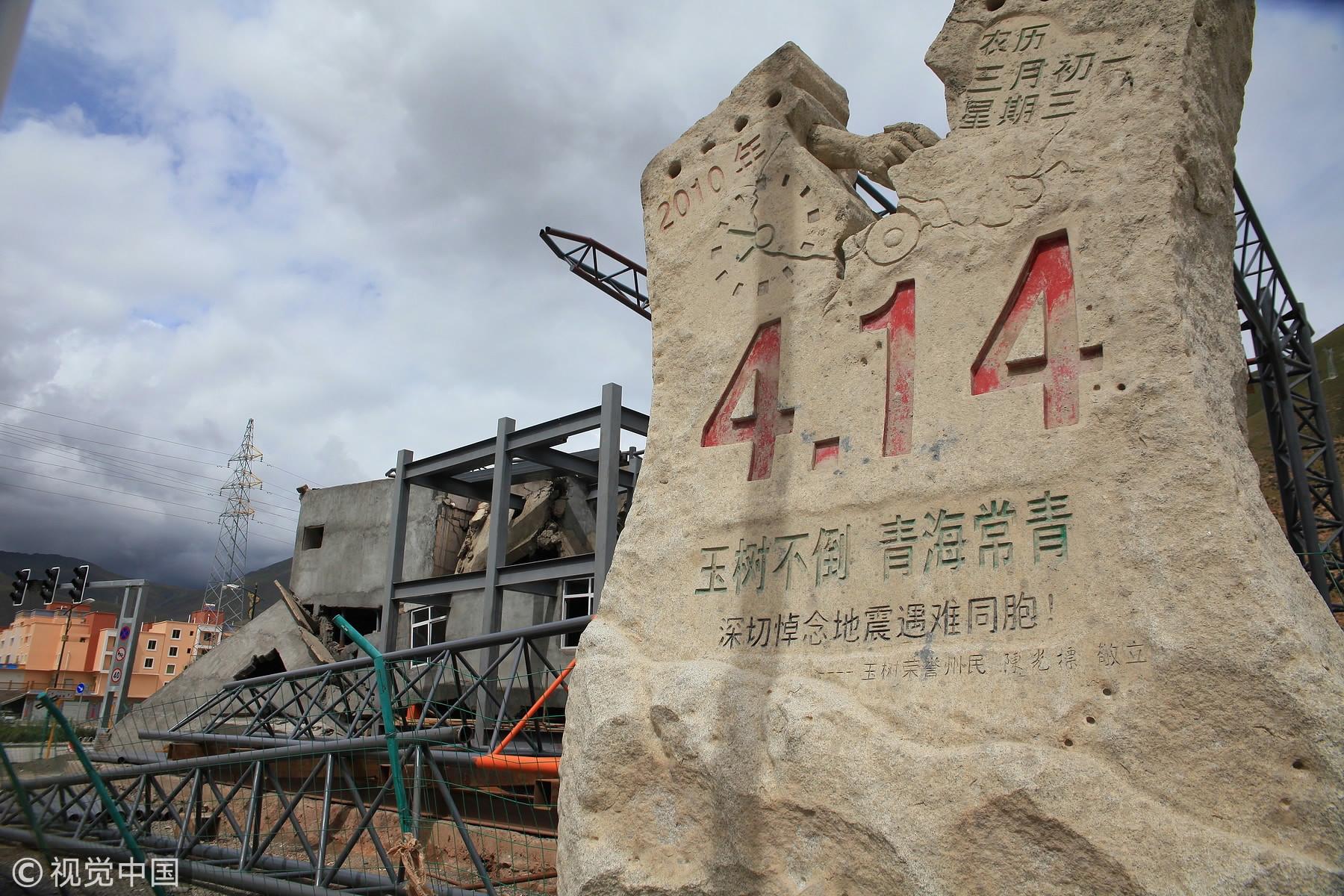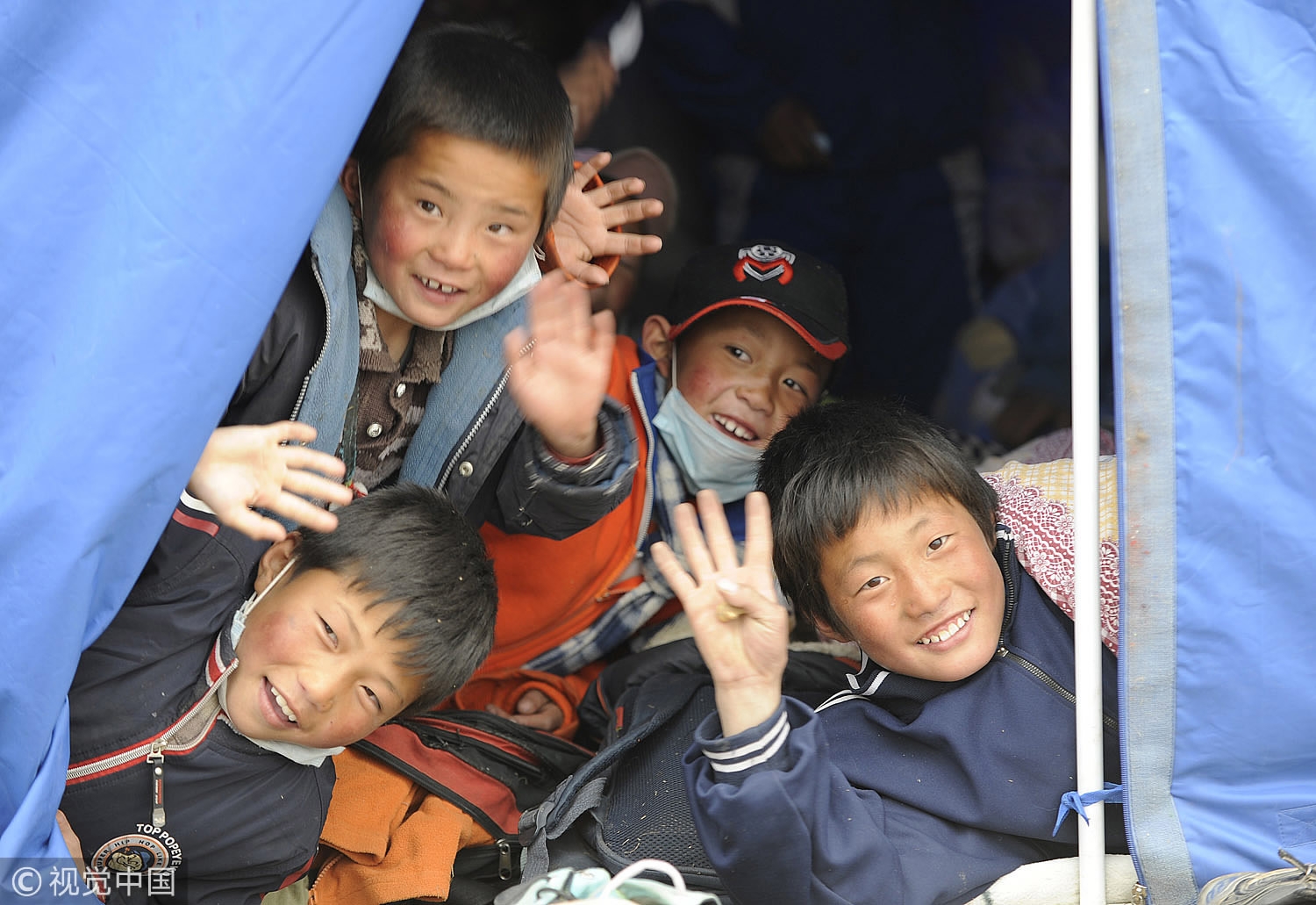
Opinions
20:46, 15-Apr-2018
Opinion: Relocation of Yushu students – What drives the change from disaster to happy ending?
Guest commentary by Wang Yan

On April 14, 2010, a 7.1-magnitude earthquake hit Yushu Tibetan Autonomous County in northwest China's Qinghai Province. The disaster left 2,700 people dead, 270 missing and 12,135 injured. The earthquake had a devastating impact on children, who make up one out of every three people in the earthquake zone. Nearly all schools in Yushu County collapsed or were severely damaged and became too dangerous to use.
Many of the children in the county are from nomadic families from remote, isolated communities. Almost half of the schoolchildren in the Yushu earthquake zone are boarding school students. To these students, school is not only a place to acquire knowledge and skill but also to eat, sleep and socialize with their peers and therefore, offers support for their overall well-being. A discontinuation of learning would have been a huge loss to their education and lives.

A child in the resettlement site plays alone on April 17, 2010, in the Yushu earthquake disaster area in Qinghai. / VCG Photo
A child in the resettlement site plays alone on April 17, 2010, in the Yushu earthquake disaster area in Qinghai. / VCG Photo
Two years later, in spite of the severe damage to schools, not only has the students’ learning not been disrupted, but their performance has improved, and the quality of school education in Yushu upgraded. How?
Soon after the earthquake, as part of the government's rescue efforts, the Ministry of Education identified seven provinces to receive the students from Yushu. All 5,074 secondary school students in Yushu, including lower secondary and upper secondary students, were placed in selected schools in the seven provinces. Over 100 buses are used to transport the students to the train station for their journey to schools across China.
The relocation is costly. The central government has earmarked funds for additional student expenditure for hosting cities, about 4,500 RMB yuan for each lower secondary school student and 5,500 RMB yuan for each upper secondary school student for two years. The local government also allocated a budget to subsidize the relocation including students’ travel expenses, settlement spending, infrastructure procurement and even diet costs. For example, bilingual teachers were arranged, new facilities equipped, and beef and lamb is specially prepared in local canteens for Tibetan students who don’t eat pork.

A monument to the Yushu earthquake. / VCG Photo
A monument to the Yushu earthquake. / VCG Photo
Special care has been given to students from Yushu to minimize potential shock caused by differences in curriculum, pedagogy, lifestyle and culture. Psychological services are also provided for the children and adolescents with traumatic experiences of the earthquake. In the end, the students not only received a better education and improved their performance, but also enhanced their competencies in health, sport and communication. Moreover, they have learned the culture of other cities and thus obtained a better understanding of the country.
Yushu’s teachers also benefited from the relocation. Together with the students, the teachers are placed in the schools in seven provinces. They still taught their students, yet with strong professional support, such as partner teacher, teaching aids, and facilities and equipment, for them to accommodate the new school environment. This eventually turned out to be a great opportunity for professional development as the teachers learned new knowledge, skills, methods and strategies.

Children from Yushu at the tent of the welfare institute on April 17, 2010. /VCG Photo
Children from Yushu at the tent of the welfare institute on April 17, 2010. /VCG Photo
Two years later, the school renovation in Yushu was completed. The students returned to their hometown. It is evident that the overall quality of the schools in Yushu has improved with better-performing students, more capable teachers and new infrastructure and facilities. Some students, missing their second hometown or hosting city, got enrolled in a program for Tibetan students in those schools. The story started with a disaster, yet developed into a happy ending. What are lessons to be distilled? Is it replicable?
The commitments of the government are essentially the cornerstone. On the second day after the earthquake, the Ministry of Education convened a meeting for continuing education delivery in earthquake-stricken areas. The decision to relocate was soon made on the basis of consulting the local governments, mobilizing the resources and studying the feasibility. The relocation is basically a result of collaborative work that joined up efforts of related ministries such as education and finance, as well as government agencies of the various provinces and municipalities. It essentially illustrated how the governance of the nation works in China.
Is it replicable? For starters, on an operational level, it would need the investment of a huge amount of resources. Also, there is a potential risk of an outbreak of disease due to an abrupt change in climate and environment. But the odds are good as it has been shown that the partnership between developed and developing areas, in particular, through sharing of resources is increasingly becoming a common practice in China. In the same vein, the Ministry of Education has recently started a new initiative to send 10,000 selected teachers to the Tibet Autonomous Region and Xinjiang Uygur Autonomous Region to work toward overall improvement of education quality in those areas.
(Wang Yan is a senior specialist at the National Institute of Education Sciences. The article reflects the author’s opinions, and not necessarily the views of CGTN.)

SITEMAP
Copyright © 2018 CGTN. Beijing ICP prepared NO.16065310-3
Copyright © 2018 CGTN. Beijing ICP prepared NO.16065310-3